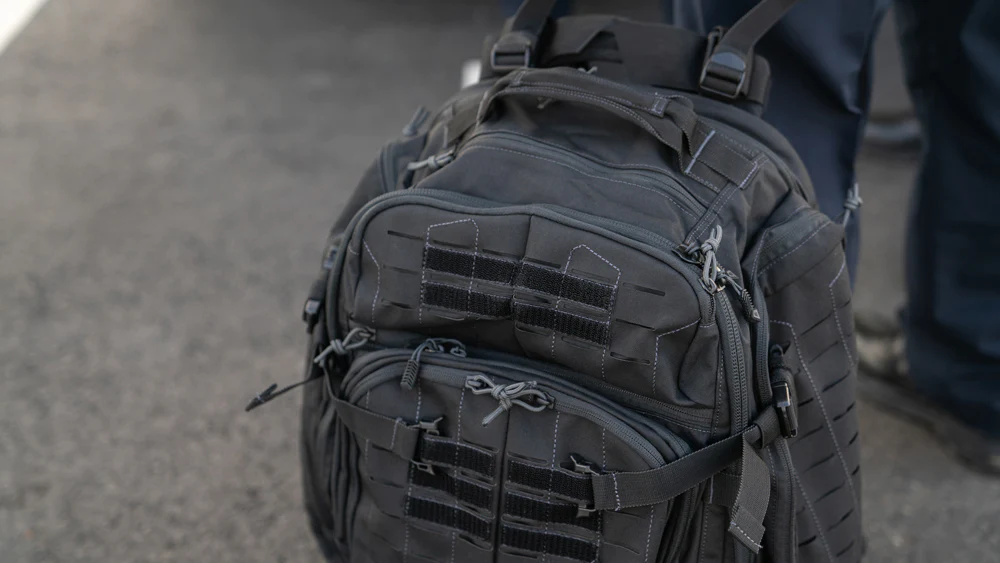If you have just recently started shopping for tactical gear, you are probably seeing the word “MOLLE” quite a bit. So what is it?
MOLLE stands for Modular Lightweight Load-carrying Equipment. It was created to replace the old ALICE (All-purpose Lightweight Individual Carrying Equipment) system. The Pouch Connection Ladder System (PALS) webbing equipment is used as rows of sturdy nylon stitched onto the vest to enable the attachment of numerous compatible pouches and accessories, which gives the system its modularity.
Technically, the term “MOLLE” is only used to refer to the particular system made by Specialty Defense Systems, but it is frequently used synonymously to refer to all load-bearing systems and subsystems that make use of the woven PALS (Pouch Attachment Ladder System) webbing for modular pouch attachment (though PALS is proprietary to Natick Labs, most use MOLLE and PALS interchangeably). There have also been MOLLE attachment method derivatives created, such as the Tactical Tailor MALICE clip system. Any system that makes use of modular attachment techniques and can be used with MOLLE components that are available in the United States is frequently referred to as “MOLLE-compatible” or a “MOLLE” system. Non-military producers are increasingly adding PALS to outdoor gear.
So, is it any good? Yes it is. The MOLLE system was launched in 1997 however it really did not see widespread use until after September 11th, 2001. At the time, the US troops serving in Afghanistan and Iraq began using the system.
The MOLLE system was first criticised, especially by the Army. Numerous of these complaints have focused on the sustainment-load pack and frame because the external plastic frame was too brittle and prone to breaking in the field (a problem that has since been resolved), the pack’s zippers have a propensity to break when stuffed full, and the straps are too short to be used with bulky body armour.
The frame and backpack belt were connected by a ball and socket connection in the system’s first iteration (which in itself formed the waistbelt of the MOLLE vest). As a result of the ball (placed on the frame) missing the waistbelt socket and injuring the user’s body, this technique caused several lower back injuries. This feature was eliminated as a result of a subsequent redesign of the SDS MOLLE, leaving the vest (FLC) and ruck/frame as distinct, non-integral pieces.

